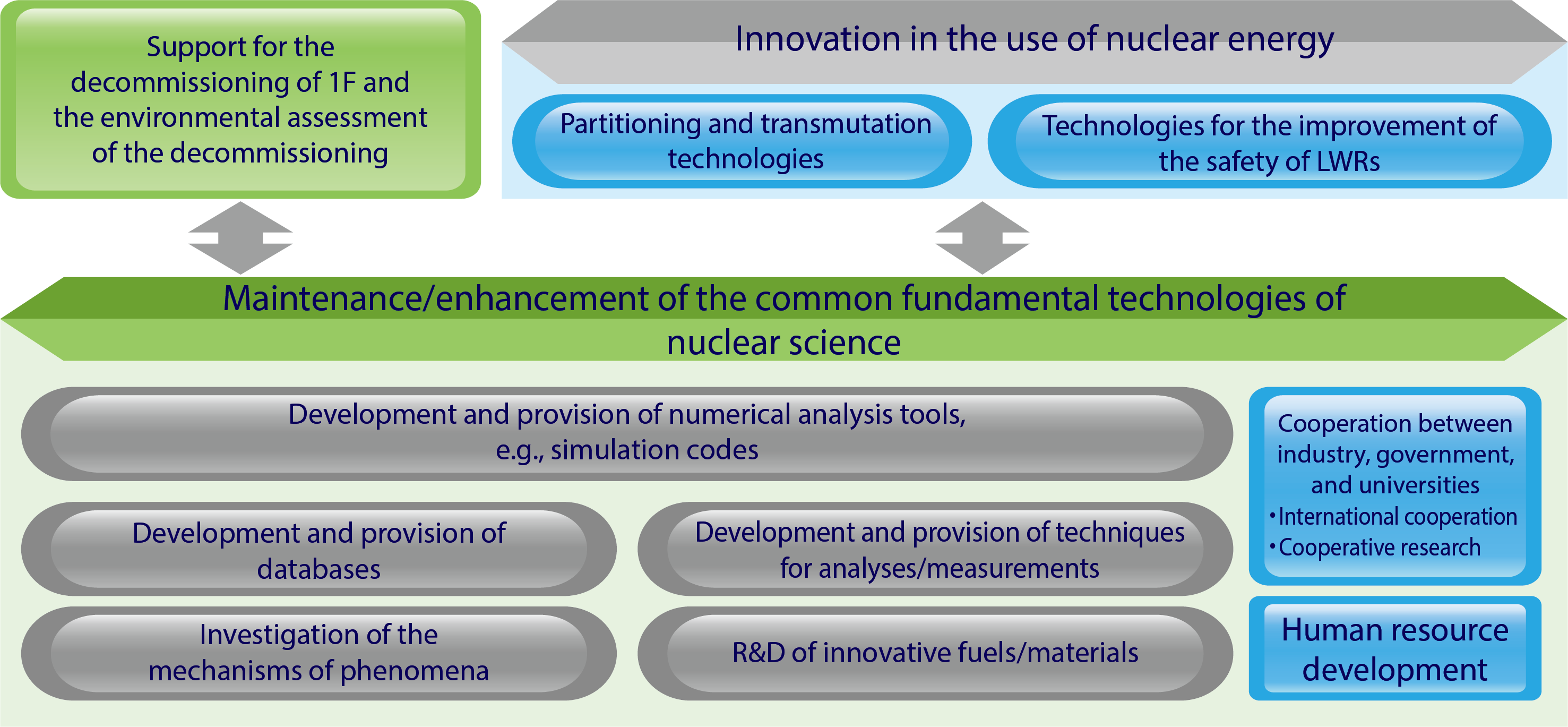
Fig.4-1 Overview of nuclear science and engineering research
Common fundamental technologies and knowledge, such as databases, codes for analyses/simulation, analytical technologies, and understanding of the mechanisms of phenomena, are necessary to support the use of nuclear energy and radiation. We always try to employ state-of-the-art technologies and frontier knowledge to improve commonly used technologies and further the available knowledge of nuclear science, and to provide industry, universities, and governmental agencies with the fundamental technologies and knowledge.
We are also contributing to improving the safety of light-water reactors (LWRs) and to developing partitioning and transmutation technologies for reducing the impact of radioactive wastes (Fig.4-1). In this section, recent results of our R&D activities are introduced.
Accuracy improvement of the neutron-capture cross sections of americium (Am): by applying the correction method to the measured thermal-neutron-capture cross sections of Am-241, as reported previously, we have succeeded in reducing discrepancies among the cross sections significantly (Topic 4-1).
Self-healing of ceramics under a radiation environment: we observed self-healing of a kind of ceramics, enabling them to restructure their atomic arrangement quickly after suffering damage using a novel method to observe nanometer-sized superfine structures created in ceramics irradiated with high-energy heavy particles (Topic 4-2).
Computational design of high-toughness alloys: we demonstrated the possibility that the toughness of an alloy is predictable by simulating the occupancy of solute elements on grain boundaries (Topic 4-3).
Research on solvent extraction of specific metals from radioactive wastes: we have determined the structure of europium ions on a boundary surface between organic/water phases using advanced laser spectroscopy (Topic 4-4).
Using a dynamic Monte Carlo code, we elucidated that extremely low-energy secondary electrons play a part in a new genetic transformation process through radiation (Topic 4-5).
We have developed a new model for estimating the therapeutic effect of boron neutron-capture-therapy (BNCT). A new computational method was established for the development using the Particle and Heavy Ion Transport code System (PHITS) (Topic 4-6).
When a severe accident (SA) happens at a nuclear power plant, release of radioactive substances to the environment may cause public exposure to radiation. In order to estimate how radioactive substances are released from nuclear fuels to the outside of the reactor, we have acquired detailed data concerning the chemical behavior of strontium by performing release/transport experiments simulating real conditions (Topic 4-7).
Evaluation of nuclear data of lead (Pb): we are evaluating experimental Pb nuclear data by performing measurements using an experimental criticality device and highly enriched uranium in the US. Pb is the coolant of the accelerator-driven system (ADS) and the accuracy of the reaction cross sections of Pb with neutrons is a key factor in the development of ADS (Topic 4-8).
We have developed a laser-charge-exchange system as an elemental technology for the development of ADS. We have demonstrated the extraction of a minute-power laser from the proton beam at J-PARC using the system (Topic 4-9).
We investigated the durability of mineral-insulated cables under the SA condition. We showed experimentally that a nickel-based alloy, NCF600, is promising (Topic 4-10).